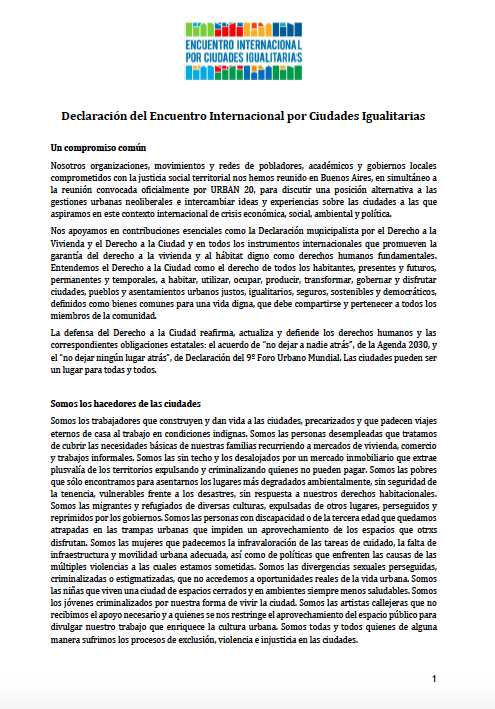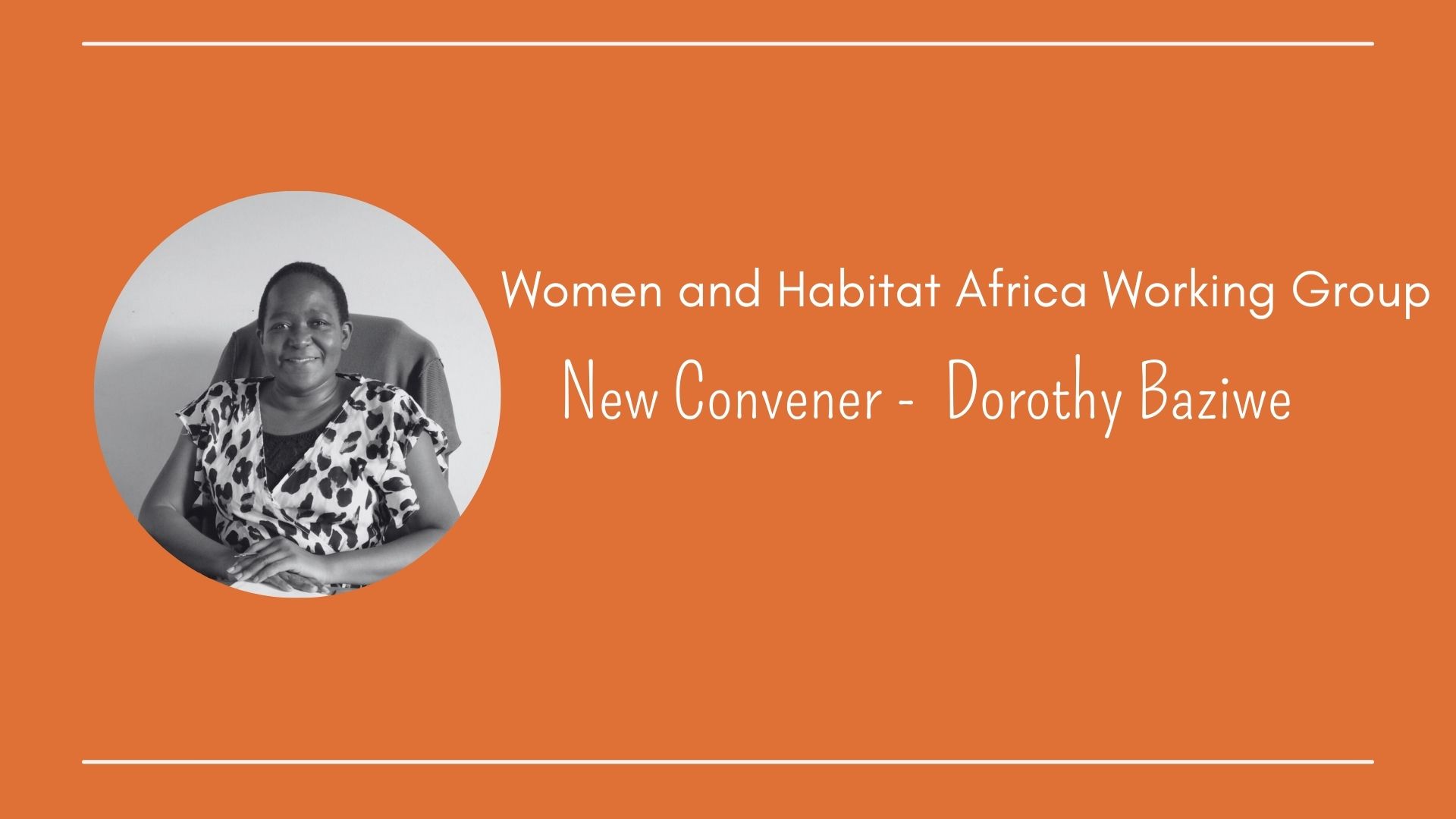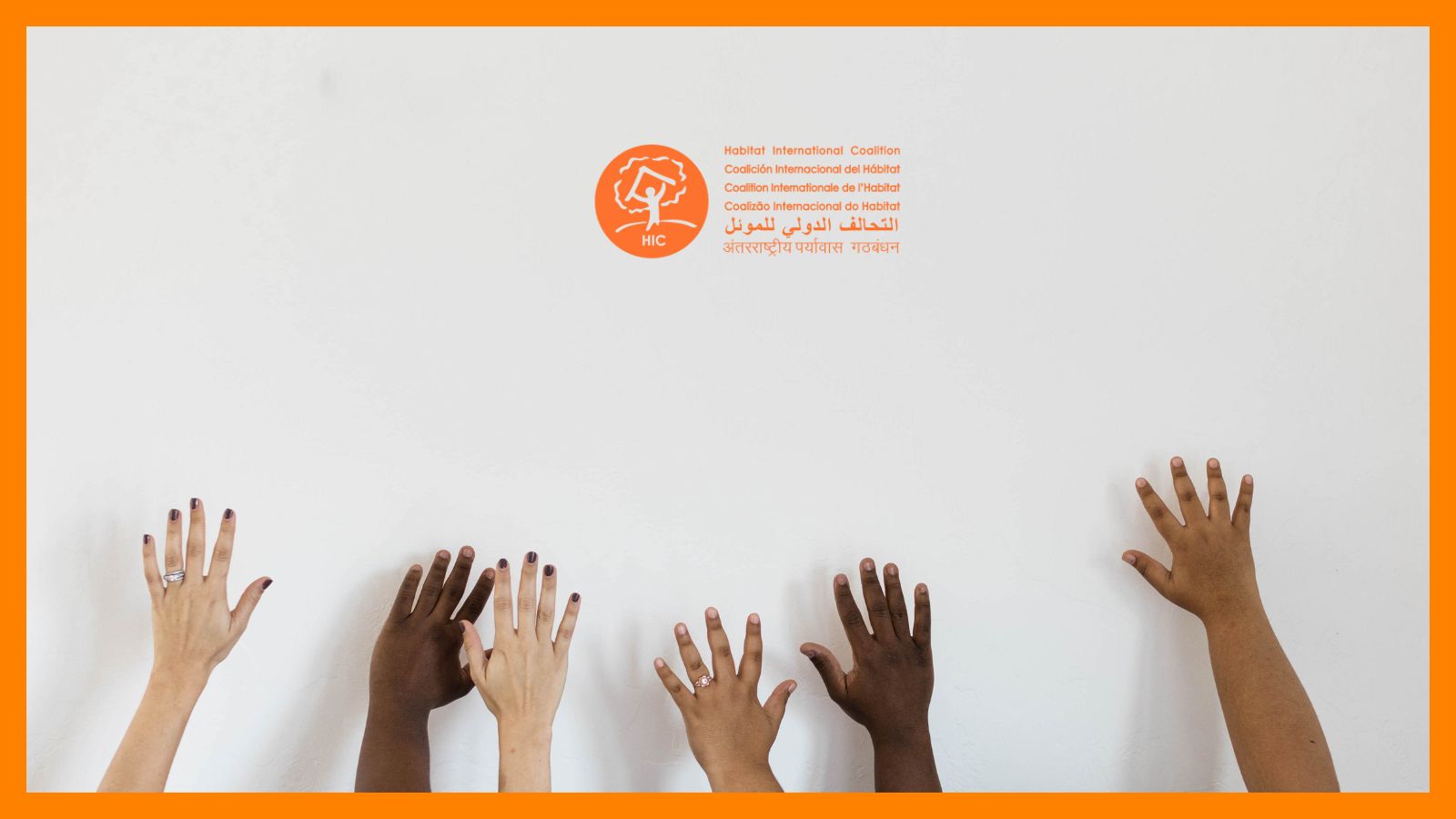In June 1990, HIC formulated a statement declaring that human settlements, environment and developmnet issues are interrelated and that we share the concerns of those who advocate worldwide measures to protect life on earth and to ensure that its resources will not wither away. Acid rain, global warming, ozone depletion, desertification, exhaustion of scarce resources, the loss of species and the management of hazardous waste are global problems which need to be understood and solved on a global scale. These problems and the related ones of sustainable development will be discussed in June 1992 in Rio de Janeiro at the United Nations Conference on Environment and Development, UNCED. HIC is engaging itself in the ongoing discussion of the environment from the stand point of human settlements. We see that while urbanization receives mention in a separate chapter, the discussion is limited to presentation of data on burgeoning cities and prescriptions towards aid from industrialized countries to help alleviate the urban problems faced by “developing” countries. The prevalence of large pockets of urban poverty and the inherent inability that forces people to live without security and dignity is not acknowledged. Nor is there sufficient mention of the contribution of uncontrolled consumption in urban areas to the destruction of the natural resource base and the subsequent violation of the right to housing of rural communities. We believe in a common future only if it means equitable sharing of resources; integral development especially of those living in inadequate environmental conditions; and a more equal distribution of social, economic benefits both within and among nations. This challenge calls for a critical examination of present economic structures and policies as well as indifidual lifestyles. One basic question in terms of the discussion of the environmental problems has to do with the need and right to housing, to dignified, healthy and secure place to live for all. Such right faces a contradiction, then, when environmental conservation and beautification of cities are seen as exclusive tasks in themselves. On the other hand, a truly common future for all requires avoidance of a sort of “elitist environmentalism” which does not pay enough attention to social and individual needs.
Declaración del Encuentro Internacional por Ciudades Igualitarias
En el marco del U20, organizaciones sociales, movimientos populares, redes de la sociedad civil, integrantes de la academia y autoridades locales comprometidas con la igualdad, los derechos humanos y la sustentabilidad se reunieron en Buenos Aires para proponer un compromiso común por Ciudades Igualitarias.




